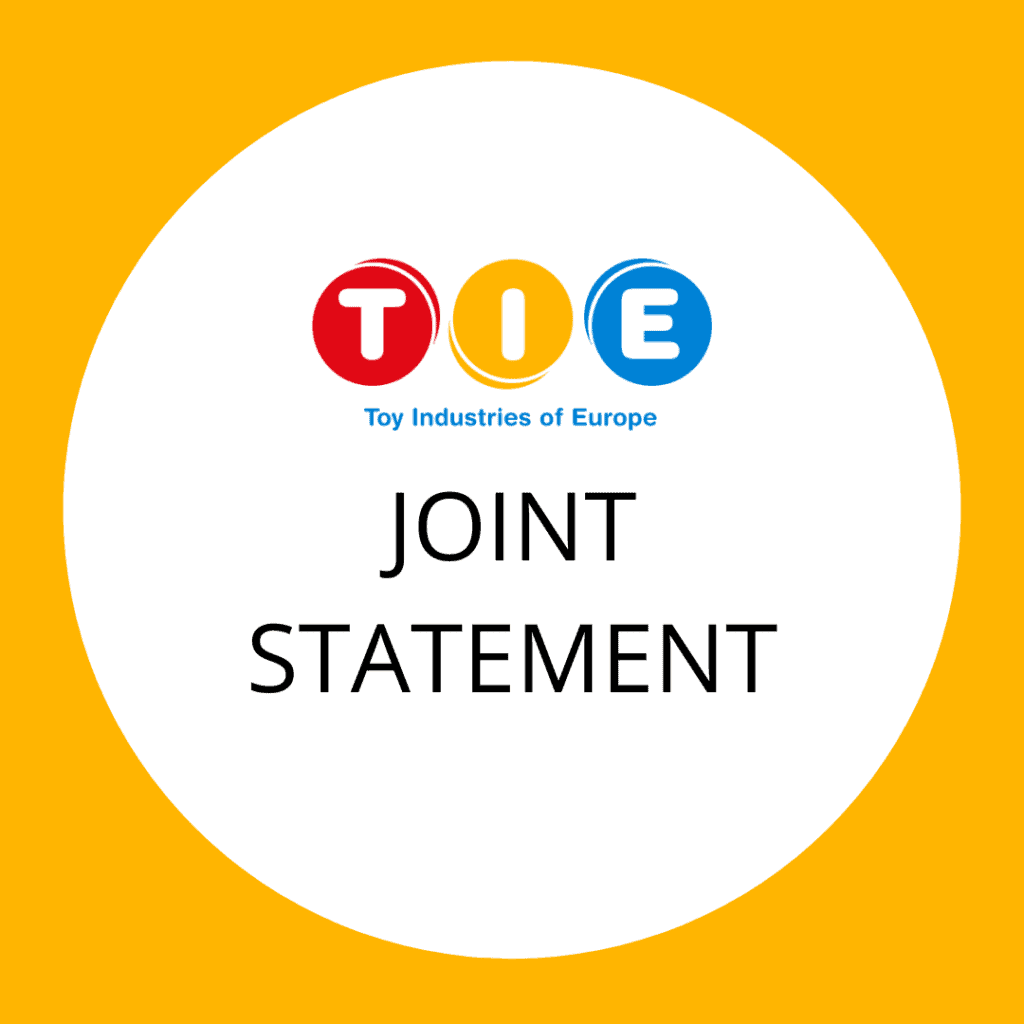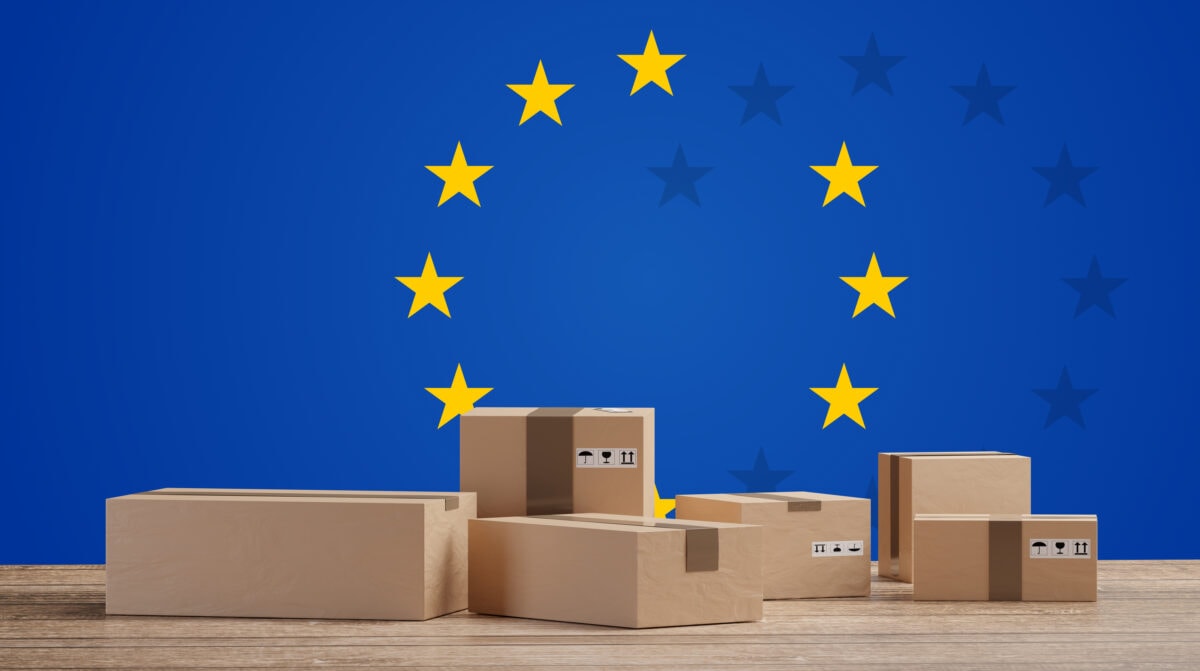As the voice of reputable toy manufacturers in the EU, we take any questions raised about toy safety seriously and make sure that the sector responds effectively when needed.
There have been some recent media reports that the authorities have banned squishy toys in Denmark. This is incorrect. Concerns were raised by the Danish authorities after they carried out a study into 12 squishy toys in June. Over two months after the concerns were raised, the study was finally published, but there has still been no official ban or recall of squishy toys.
To better understand the findings of the study, we consulted an independent chemicals expert about the report. He found flaws in the way the toys had been assessed and contested the study’s findings.
The toys have been tested using methods that go beyond the strict tests toys must already go through in the EU. Several of the toys weren’t even marked with the stamp used by manufacturers to show that they have carried out all the necessary tests for their toys to be sold in the EU. They should never have even been available to buy.
We always welcome efforts by authorities to make sure that toys sold in the EU are safe and to keep toys that don’t meet the EU’s strict standards out of children’s hands. If new scientific evidence comes to light, then changes should be discussed and mutually agreed by the EU toy safety expert group.
Reputable toy makers invest a lot of time and money into toy safety. Parents can rest assured that toys bought from reputable sources are safe for children to play with.
Questions
Why have squishy toys been banned in Denmark?
Squishy toys have not been banned in Denmark. In June the Danish Minister for the Environment did raise concerns on the basis of the results of tests carried out on 12 squishy toys using new testing methods, but there has not been an official ban or recall so far.
On 30 August, the Danish Minister for Environment and Food noted that “no final decision on the specific products has yet been taken. The question of whether the individual squishies are illegal is thus due to the course of the further case processing at the Danish Environmental Protection Agency” in response to a parliamentary question from member of the Danish Parliament Pia Olsen Dyhr.
Should I be worried about my child’s squishy toys?
All toys, including squishies, put on the EU market by reputable manufacturers go through stringent testing procedures to make sure they meet all relevant safety standards. This includes tests for the chemicals they contain. EU testing limits have been decided on the basis of sound scientific agreement and have buffers built in that already add an extra level of precaution.
The tests used in the Danish study go well beyond those agreed by the EU’s scientific experts. To put the testing conditions into real-world terms – a child would have to be enclosed in a very small bedroom with 40 newly unwrapped squishies for 15 hours per day.
How can I make sure my child’s squishy toys are safe?
TIE’s top tips for toys apply to squishy toys too. When buying a toy:
- Always buy toys from trustworthy shops and online outlets
They take care about the toys they sell and will usually accept returns. Rogue traders, however, tend to ignore health and safety needs and may also deal in fake toys. Carefully check toys purchased online, toys given to children as gifts, and toys bought second-hand.
- Read all warnings and instructions
Be aware of age and safety recommendations – take them seriously. Never buy toys that do not have the CE mark displayed on the toy or its packaging. Although the CE mark is not meant as consumer guidance, it is a commitment from the toy maker that the toy complies with all EU safety rules, which are amongst the strictest in the world.
- Choose toys suitable for the child’s age, abilities and skill level
Toys that are not meant for a child’s specific age group may injure the child. Be sure to follow the age recommendation – particularly the 0 to 3 symbol (see right) and the words ‘not suitable for children under 36 months’ accompanied by the indication of the hazard. Do not buy toys with small detachable parts for children under 3 years of age
- Follow carefully the instructions for proper toy assembly and use
Keep the instructions and information that are packaged with the toy in a safe place.
- Keep an eye on children as they play
Make sure that all toys are played with as intended and are suitable for the age and abilities of the child. With certain toys – such as scooters, roller skates and bikes – helmets and other safety gear should always be worn.
- Check toys from time to time
For breakage or wear that could cause injury and affect the health and safety of the child. Remove broken toys immediately.
- Remove all packaging
And always keep the instructions. Make sure children do not play with plastic packaging as there could be a risk of suffocation.
- Teach your children to put away their toys to avoid accidents
Don’t leave toys out on the stairs or on the floor in busy areas of the home.
- Always report a safety problem with a toy to the manufacturer or the retailer where you bought it.
Please contact the TIE secretariat if you need any more information.


